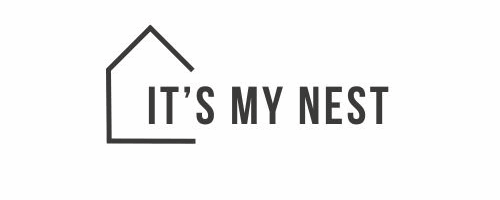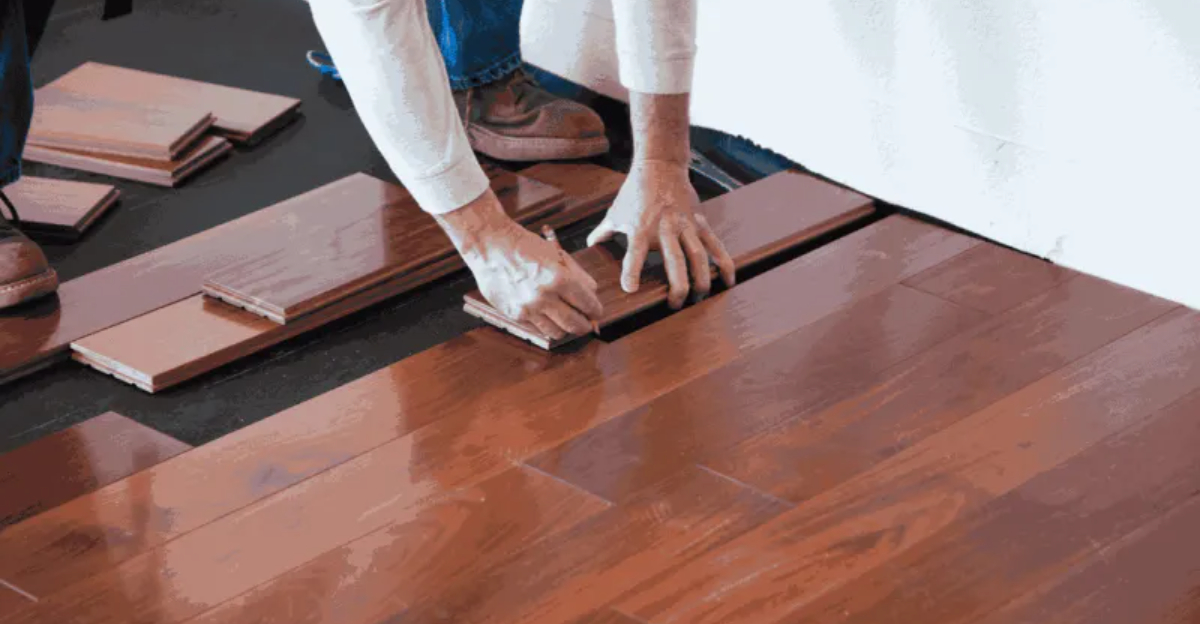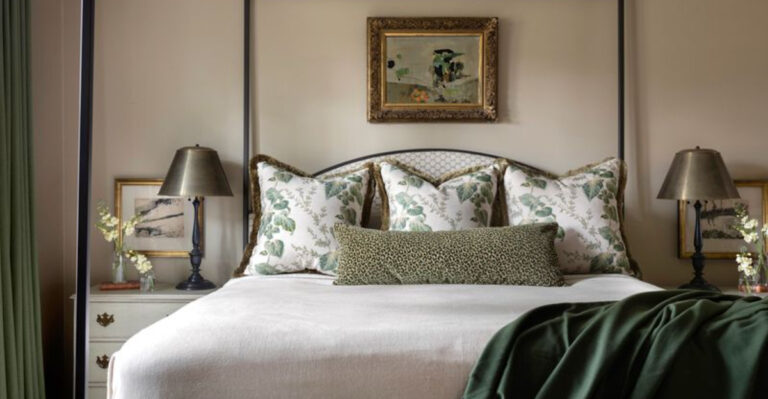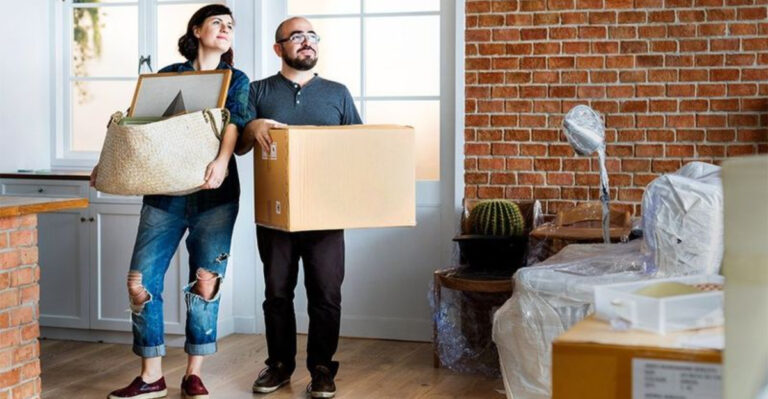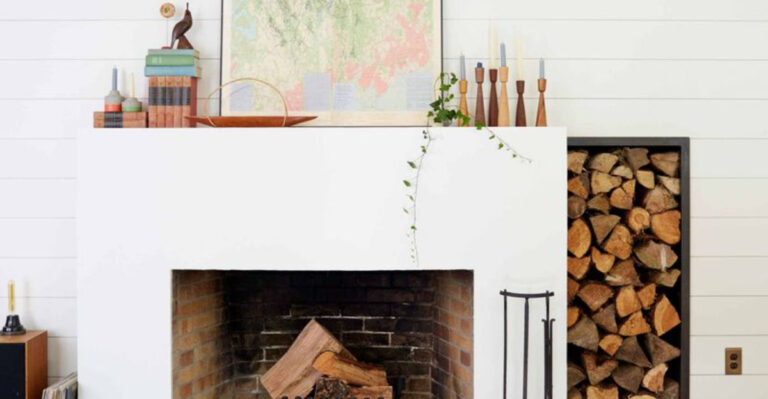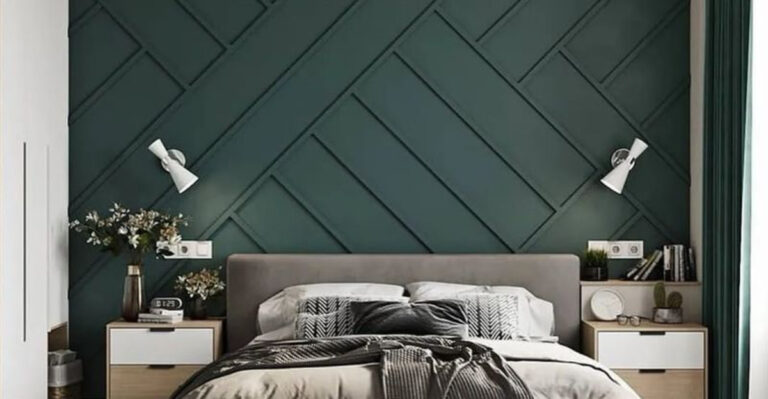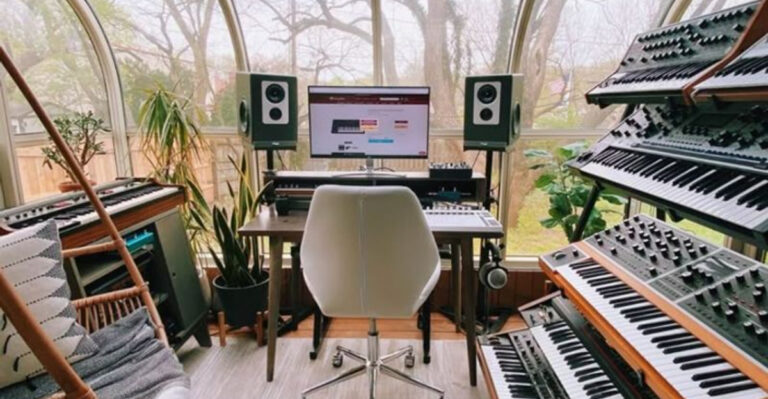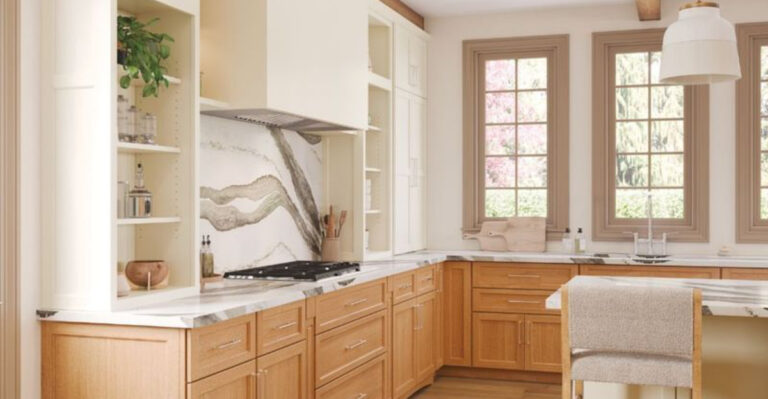16 Flooring Upgrades That Are Worth The Extra Cost (And 3 To Skip)
I’ve learned the hard way that not all flooring upgrades are created equal. Your floors deal with everything, muddy shoes, pet claws, spilled coffee, so choosing the right material really matters.
Some upgrades are totally worth it, giving you comfort, durability, and serious style points that last for years. Others? Just expensive mistakes dressed up in pretty brochures. I’ve fallen for a few of those too.
If you’re thinking about refreshing your floors, it pays to know what actually holds up and adds value, because no one wants to spend big on something that looks worn out in six months.
1. Hardwood Floor Refinishing Instead Of Replacement
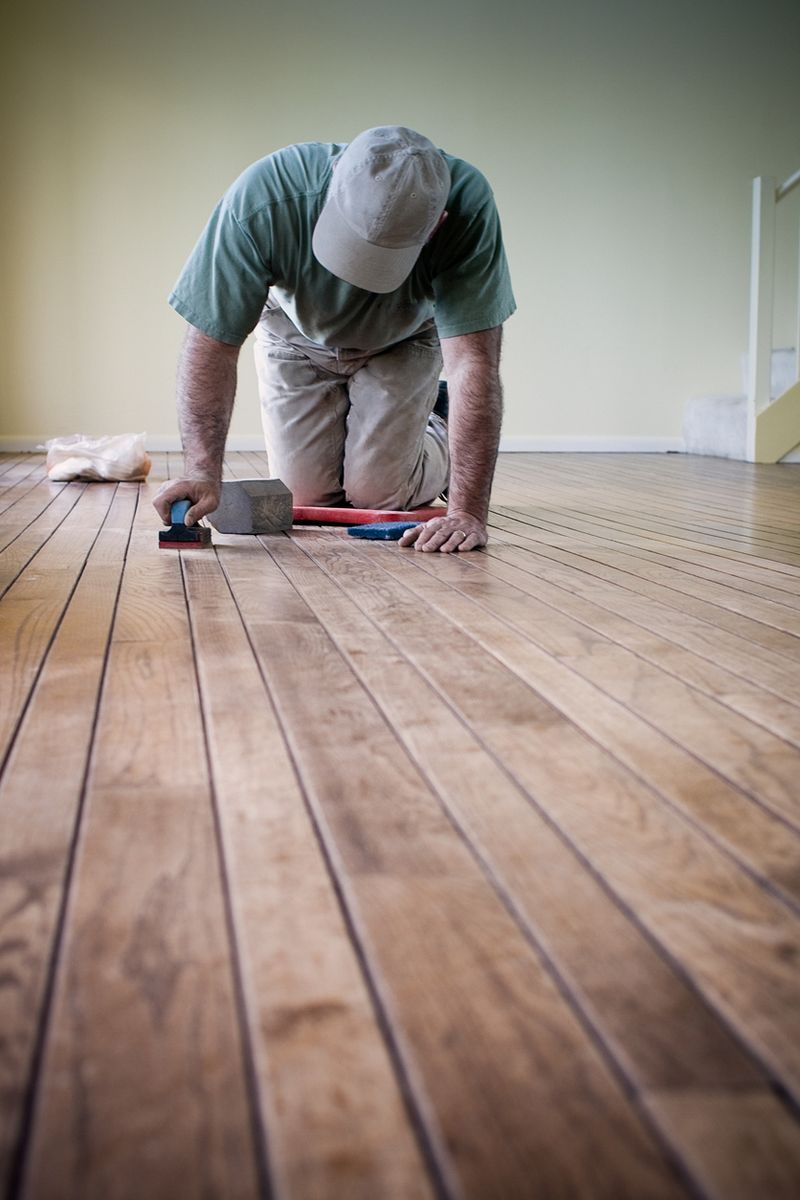
Sometimes the best investment is breathing new life into what you already have. Refinishing your existing hardwood costs about one-third the price of full replacement while delivering nearly identical results.
Your old floors hide beautiful wood grain underneath years of scratches and wear. Professional sanding reveals the natural beauty that’s been there all along.
Though it takes a few days to complete, refinishing adds serious value to your home without the massive expense of starting from scratch.
2. Luxury Vinyl Plank With Waterproof Core
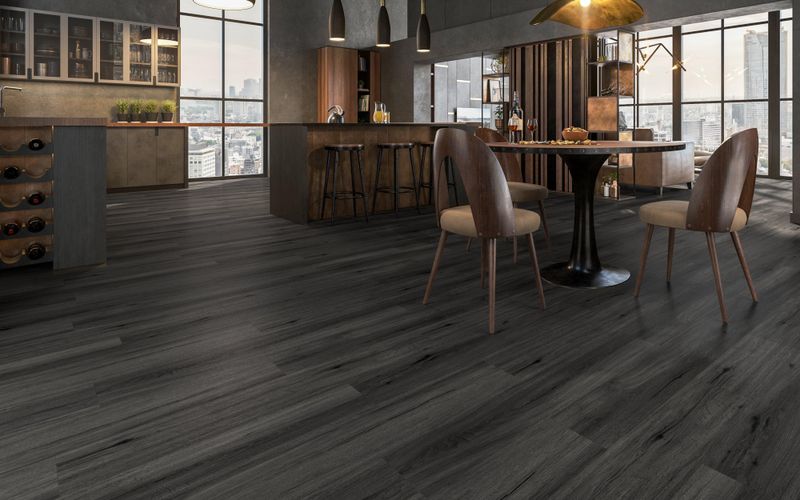
How amazing would it be to have wood-look floors that laugh in the face of water damage? Luxury vinyl plank with waterproof cores delivers exactly that miracle.
These floors handle everything from pet accidents to kitchen spills without warping or staining. Installation costs less than hardwood but the performance blows traditional materials out of the water.
Where other floors fail, waterproof LVP keeps looking fresh for years while saving you thousands in potential water damage repairs.
3. Radiant Floor Heating Systems
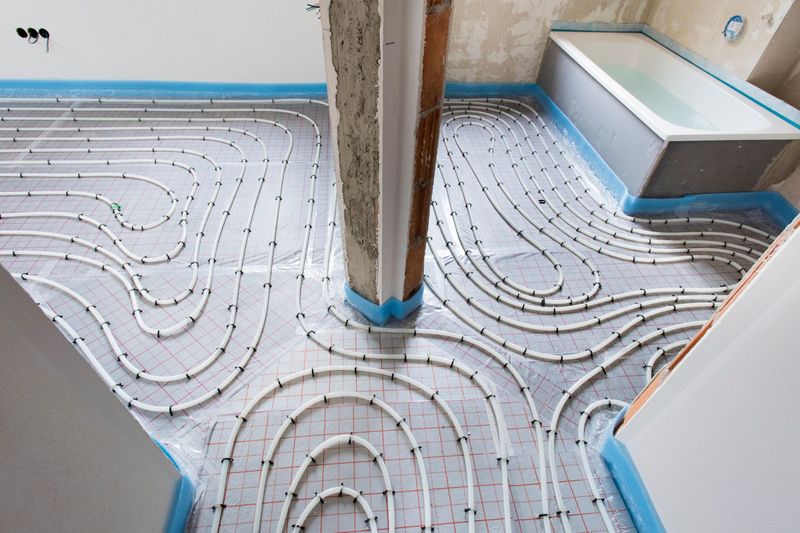
Nothing beats stepping onto warm floors on a cold morning, especially in bathrooms and kitchens. Radiant heating transforms chilly tile into cozy comfort zones.
Electric systems cost around three to eight dollars per square foot to install. The energy efficiency pays for itself through lower heating bills over time.
Though the upfront investment seems steep, radiant heating adds serious luxury appeal that buyers absolutely love when it’s time to sell your home.
4. Professional Tile Installation With Quality Grout
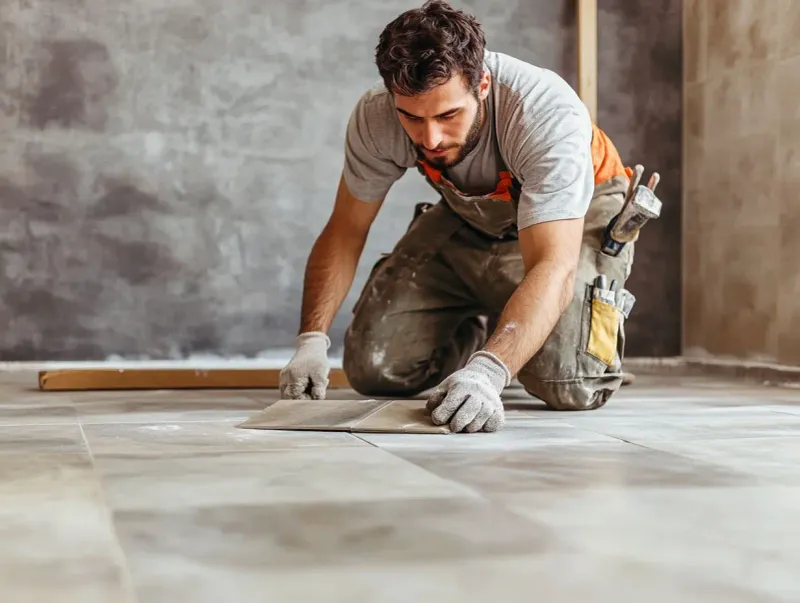
If you’re going to tile, do it right the first time with professional installation and premium grout. Cheap installation jobs fail within a few years.
Quality grout resists stains and cracking while maintaining its color for decades. Professional installers ensure proper spacing and waterproofing that prevents costly repairs.
Where DIY tile jobs often look wonky and fail prematurely, professional work creates stunning results that actually increase your property value significantly.
5. Engineered Hardwood Over Solid Wood
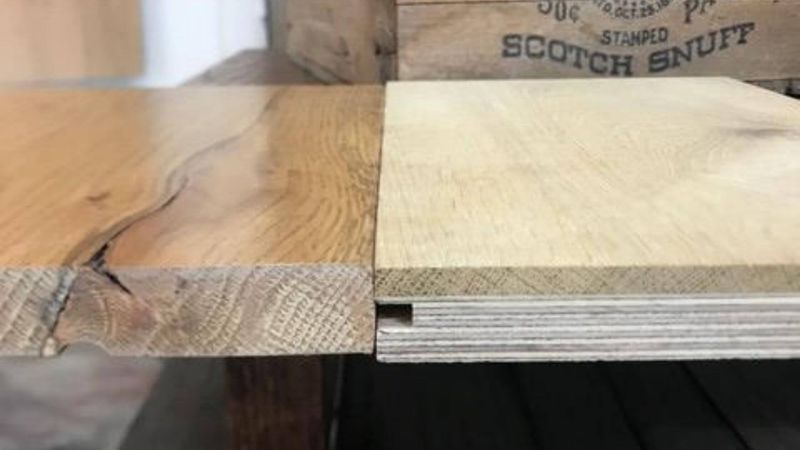
Engineered hardwood gives you real wood beauty with better stability than solid planks. The layered construction resists expansion and contraction that causes solid wood headaches.
Installation costs less because engineered boards can go directly over concrete slabs. You get the same gorgeous appearance without the structural limitations.
Sometimes the smart choice isn’t the most obvious one, and engineered hardwood proves that modern engineering beats traditional methods for most homes.
6. Porcelain Tile That Looks Like Natural Stone
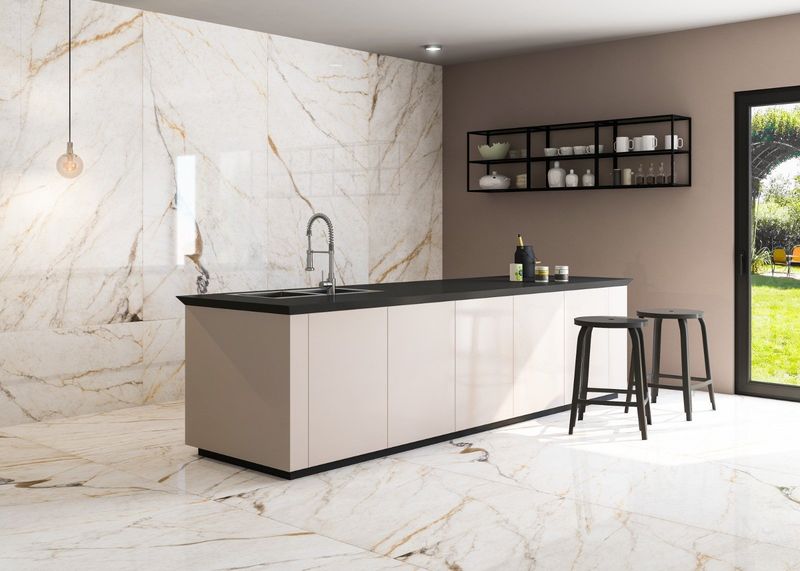
Why deal with natural stone’s maintenance nightmares when porcelain delivers the same stunning looks? Modern printing technology creates stone patterns so realistic they fool experts.
Porcelain never needs sealing, resists stains effortlessly, and handles heavy traffic without showing wear. Natural stone requires constant care and expensive maintenance.
Though the initial cost runs higher than basic ceramic, porcelain’s durability and low maintenance make it the smarter long-term investment for busy households.
7. Sound-Dampening Underlayment For Upper Floors
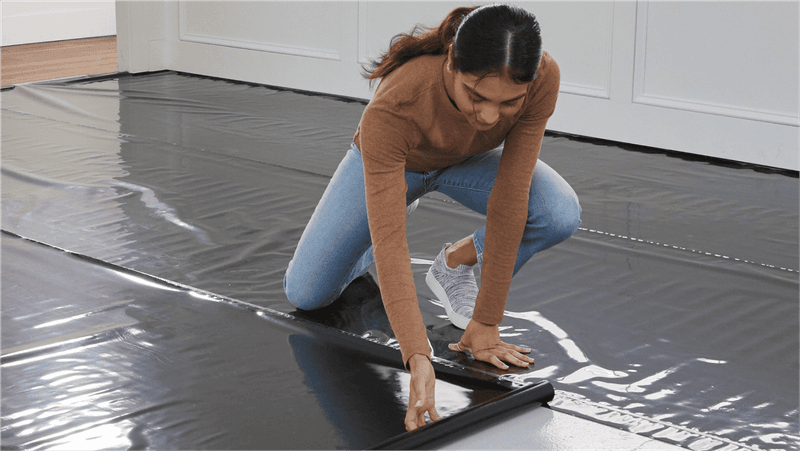
Your downstairs neighbors will thank you for investing in quality sound-dampening underlayment. This thin layer makes a huge difference in noise transmission.
Good underlayment costs just a few dollars per square foot but dramatically reduces footstep noise and impact sounds. Peace and quiet become priceless commodities.
If you live in a multi-story home or condo, skipping this upgrade creates ongoing tension with family members or neighbors who hear every step.
8. Wide-Plank Hardwood Flooring
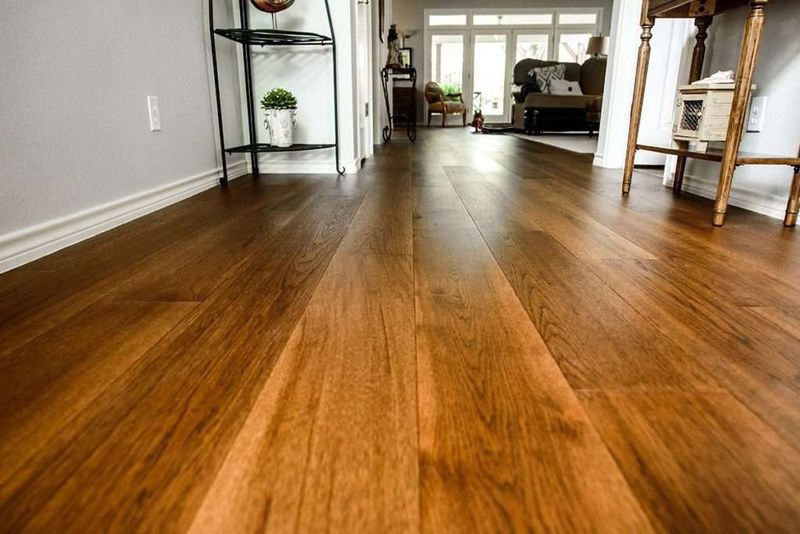
Wide planks create drama and make rooms look bigger than narrow strips ever could. The broader boards showcase wood grain patterns in all their natural glory.
Installation takes less time because you need fewer pieces to cover the same area. Fewer seams mean cleaner lines and easier maintenance over time.
Though wide-plank flooring costs more per square foot, the visual impact and reduced installation time often balance out the higher material expense beautifully.
9. Moisture Barriers In Basements And Bathrooms
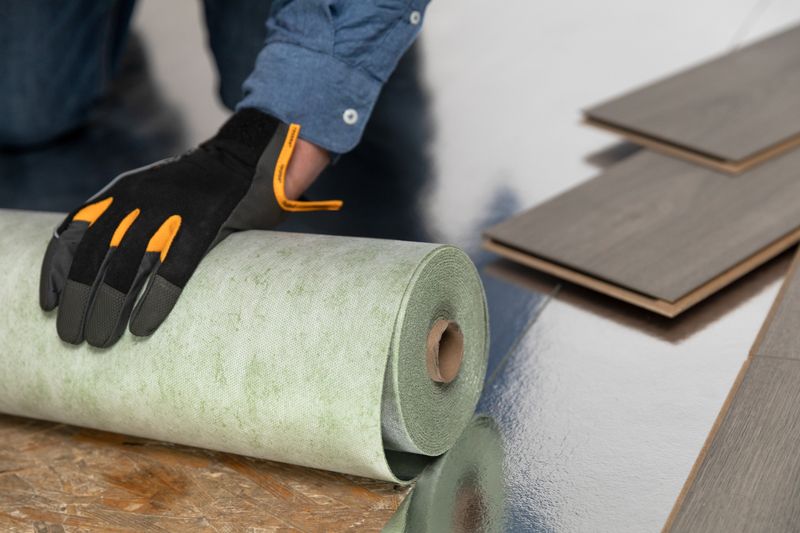
Moisture destroys flooring faster than anything else, especially in basements and bathrooms where humidity runs high. Proper moisture barriers prevent expensive failures.
Good barriers cost pennies compared to replacing ruined floors and dealing with mold problems. Prevention always costs less than cleanup and replacement.
Where corners get cut on moisture protection, floors fail within months instead of lasting decades like they should in properly prepared spaces.
10. Quality Transition Strips Between Different Floor Types
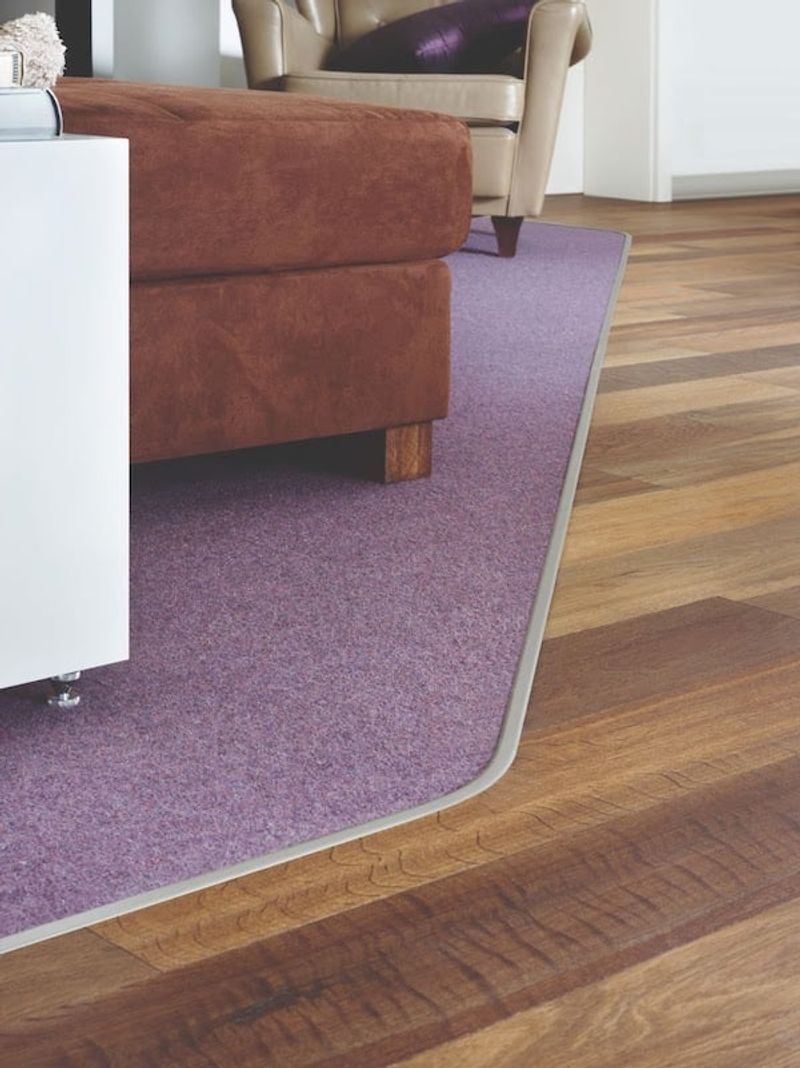
Cheap transition strips scream amateur hour and create tripping hazards that insurance companies hate. Quality transitions create smooth, safe connections between different flooring types.
Good strips match your flooring colors and heights perfectly while providing years of reliable service. They protect floor edges from damage and wear.
Though premium transitions cost more upfront, they prevent costly repairs and maintain your floors’ professional appearance throughout their entire lifespan.
11. Scratch-Resistant Finishes On Hardwood

Pets, kids, and furniture legs wage daily war against your hardwood floors. Scratch-resistant finishes armor your investment against everyday damage that ruins standard finishes.
These advanced coatings cost about twenty percent more than regular finishes but extend floor life by years. Fewer refinishing jobs save serious money long-term.
If your household includes active families or pets, skipping scratch protection practically guarantees expensive refinishing work within just a few years of installation.
12. Large Format Tiles For Seamless Looks

Bigger tiles mean fewer grout lines, and fewer grout lines mean easier cleaning and more sophisticated looks. Large format tiles transform spaces into modern masterpieces.
Installation requires skilled professionals because large tiles are heavy and tricky to handle. The investment in expert installation pays off with stunning results.
Where small tiles create busy patterns that date quickly, large format options deliver clean lines that stay current for decades while requiring less maintenance.
13. Anti-Slip Coatings For Wet Areas
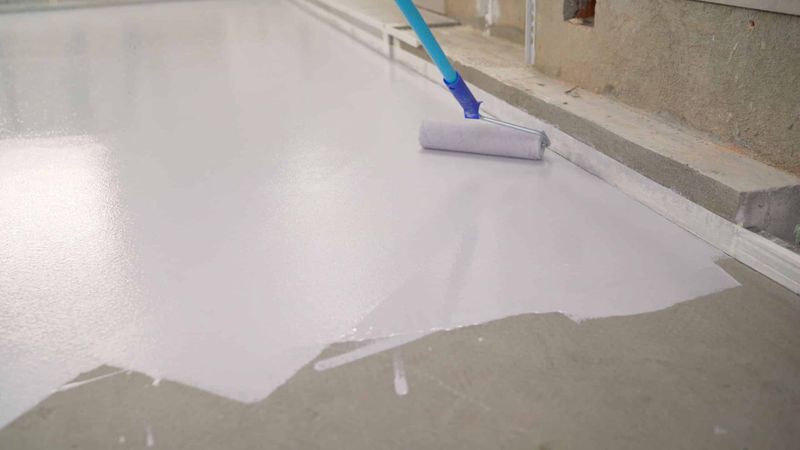
Slippery floors in bathrooms and entryways create liability nightmares and genuine safety hazards. Anti-slip coatings provide peace of mind without sacrificing style.
These treatments work on existing tile and stone surfaces, adding texture that prevents falls. The cost runs much less than replacing entire floors.
Though anti-slip coatings require professional application, they prevent injuries and potential lawsuits that cost infinitely more than the small upfront investment required.
14. Proper Subfloor Preparation And Leveling
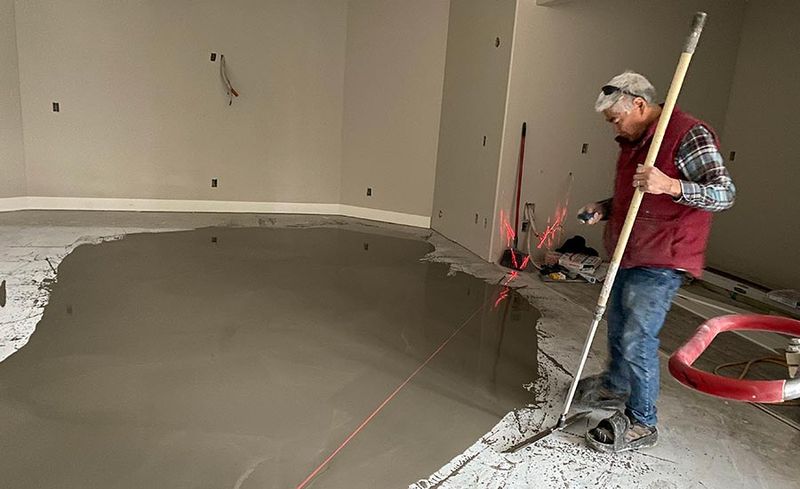
Beautiful flooring over bad subfloors fails faster than cheap materials over solid foundations. Proper preparation creates the stable base that makes everything else work.
Leveling compounds and structural repairs cost extra but prevent squeaks, gaps, and premature wear. Good bones support good floors for decades.
If you skip subfloor work to save money, expensive flooring materials won’t perform properly and may fail completely within just a few years.
15. Quality Carpet Padding In Bedrooms
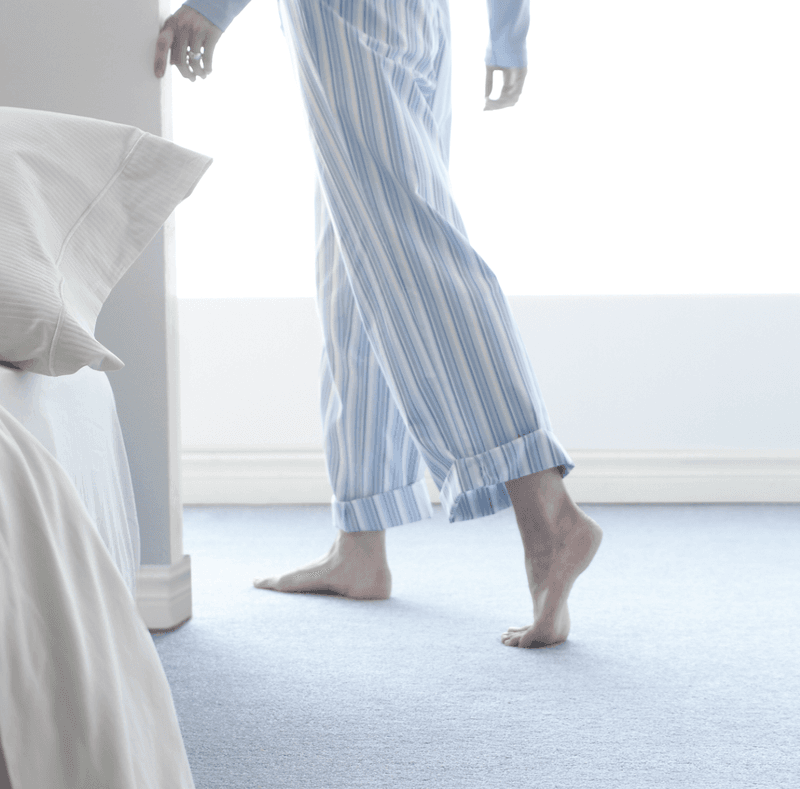
Good carpet padding doubles your carpet’s lifespan while making every step feel like walking on clouds. Cheap padding destroys expensive carpet within years.
Quality padding costs more upfront but saves money by extending carpet life and improving comfort dramatically. Your feet and back will thank you daily.
Where builders use thin padding to cut costs, homeowners replace carpets twice as often while enduring uncomfortable floors that wear out prematurely.
16. Stain-Resistant Treatments For Natural Stone
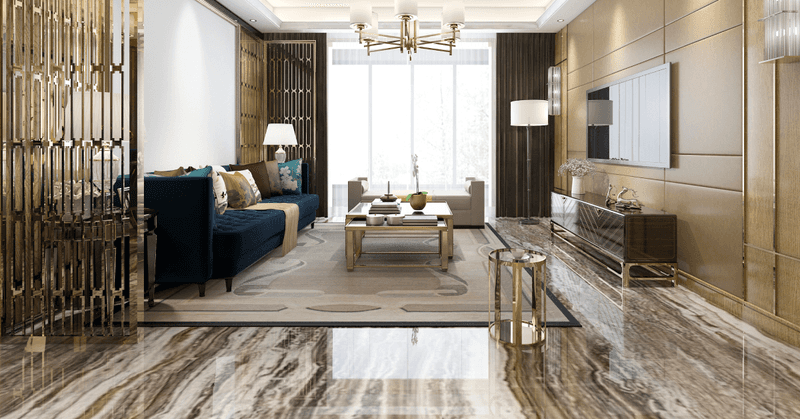
Natural stone looks incredible but stains easily without proper protection. Stain-resistant treatments preserve the beauty while preventing expensive replacement or restoration work.
These treatments penetrate deep into stone pores, creating invisible barriers against spills and everyday wear. Professional application ensures even coverage and maximum protection.
Though treatments require reapplication every few years, they cost far less than replacing stained stone or dealing with permanent damage from neglect.
1. Premium Laminate With AC Rating Above 3
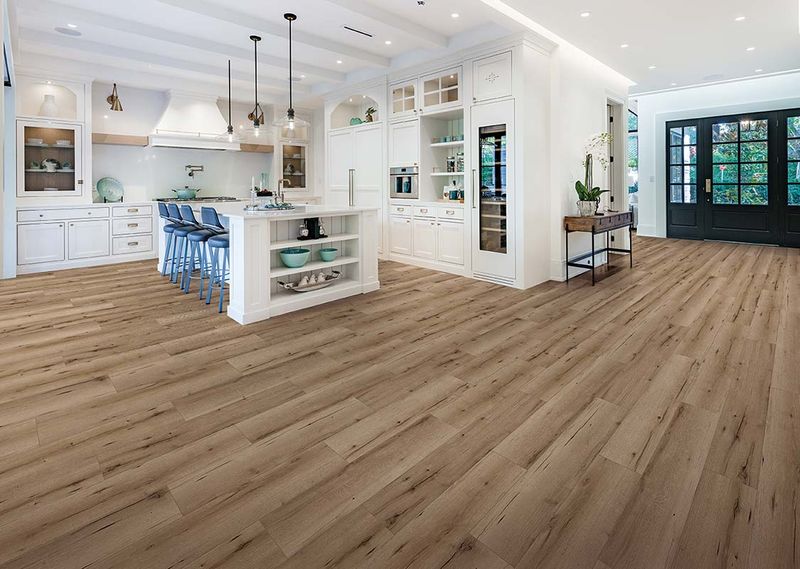
AC ratings tell you exactly how much abuse laminate can handle before showing wear. Ratings above 3 mean your floors survive heavy traffic for years.
Premium laminate costs more than basic options but delivers performance that justifies every penny. Cheap laminate shows wear patterns within months of installation.
If you want laminate that actually lasts, investing in higher AC ratings prevents the heartbreak of replacing floors that looked great initially.
2. Expensive Designer Tiles Without Practical Benefits
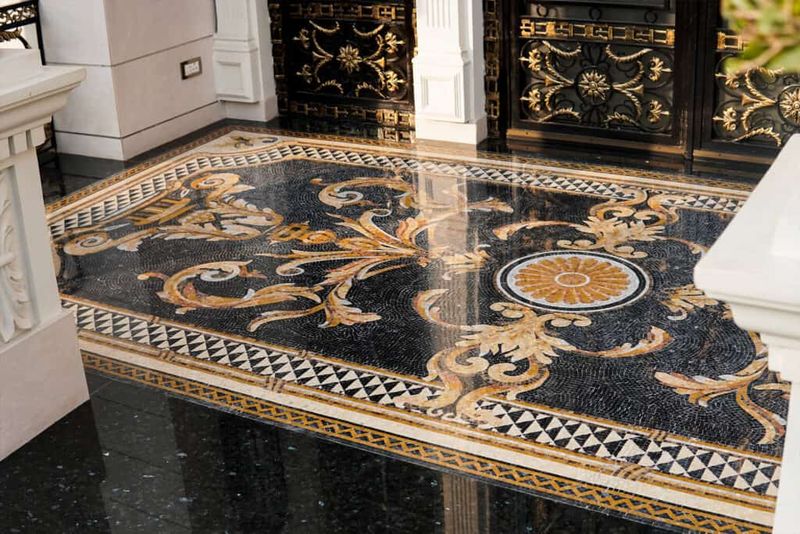
Designer name tiles often cost triple the price of identical materials from other manufacturers. You’re paying for marketing, not better performance or durability.
Many designer tiles actually perform worse than standard options because they prioritize looks over function. Intricate patterns collect dirt and require constant maintenance.
Unless you’re building a luxury showcase home, spending thousands extra on designer tiles makes no financial sense when equally beautiful alternatives cost much less.
3. Exotic Hardwood Species With High Maintenance Needs

Exotic hardwoods like Brazilian cherry or teak sound impressive but demand specialized care that most homeowners can’t provide. These woods expand and contract dramatically.
Special finishes, climate control, and expert maintenance make exotic woods incredibly expensive to maintain properly. Domestic hardwoods perform better in most climates.
If you can’t commit to professional maintenance schedules and perfect climate control, exotic hardwoods will disappoint you with warping, cracking, and premature failure.
